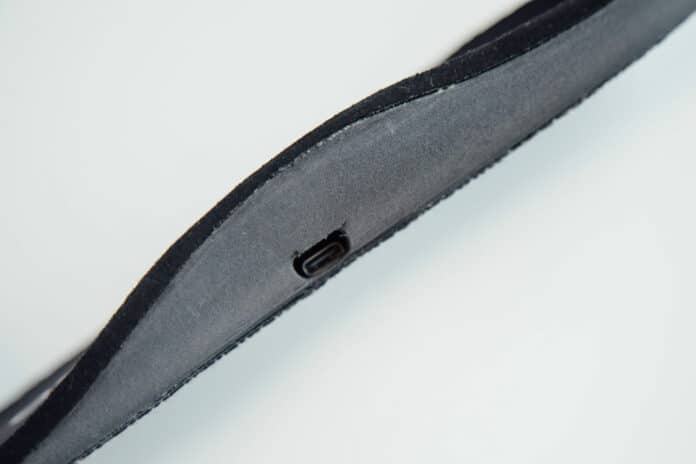Slips, trips, and falls (STFs) are the most common cause of non-fatal injuries in the workplace. Slips, trips, and falls can happen anywhere, at any time, and in any workplace. It is estimated that 3.8 million disabling work injuries are caused yearly by slips, trips, and falls, accounting for 12 percent to 15 percent of all workers’ compensation costs.
Professor Lim Chwee Teck from the Department of Biomedical Engineering at the National University of Singapore (NUS), which is part of the College of Design and Engineering, and the Institute for Health Innovation & Technology (iHealthtech), worked with NUS start-up, FlexoSense, to develop a smart insole that can track workplace STFs in real-time.
It is the first of its kind insole that can detect a person’s balance. Companies can locate incidents and identify STF risk regions using the insole to implement effective mitigation strategies.
The insoles are equipped with pressure sensors that track foot pressure. It also consists inertial measurement unit sensor to measure changes in motion.
The body will initially attempt to maintain balance by applying pressure to the feet to break the STF when it happens. The smart insole can detect these particular variations in foot pressure and a person’s orientation to ascertain whether an STF has occurred.
The generation of balance profiles of various users, which could aid in evaluating the deployment of workers for multiple jobs, follows such changes in foot pressure and motion brought on by an STF. These measurements are then captured in real-time. The smart insole can also detect falls from heights because they have different velocity profiles than falls on flat ground.
Employees can readily access data collected by the smart insole through a mobile application, and management of the business can do so via a dashboard. Instead of depending on employees or safety officers to manually submit reports, the digitalization of STF incidents enables prompt reporting and better transparency regarding these incidents.
The intelligent insole does more than just track and report STFs; it also recognizes common activities like walking, standing, and sitting, enabling managers to spot potentially risky behaviors like when a worker should be walking rather than running and to measure the centre of pressure to gauge each employee’s sense of balance.
Professor Lim Chwee Teck from the National University of Singapore’s (NUS) Department of Biomedical Engineering said, “Usually, slips, trips, and falls are unreported. Companies can proactively mitigate these incidents by deploying this smart insole solution in the workplace. When a person encounters a slip, trip, or fall, there will be unique changes in motion and pressure distribution exerted by the feet. Our smart insole captures the information automatically, and by tracking these changes, companies can identify high-risk areas in the workplace and implement preventive measures in a timely manner.”
Ms. Chia Lye Peng, Chief Executive Officer of FlexoSense, said, “STFs are significant cost drivers for most companies due to a loss of productivity, medical expenses, and administrative costs. We believe our smart insole can help to reduce the human and financial costs before serious accidents happen.”
